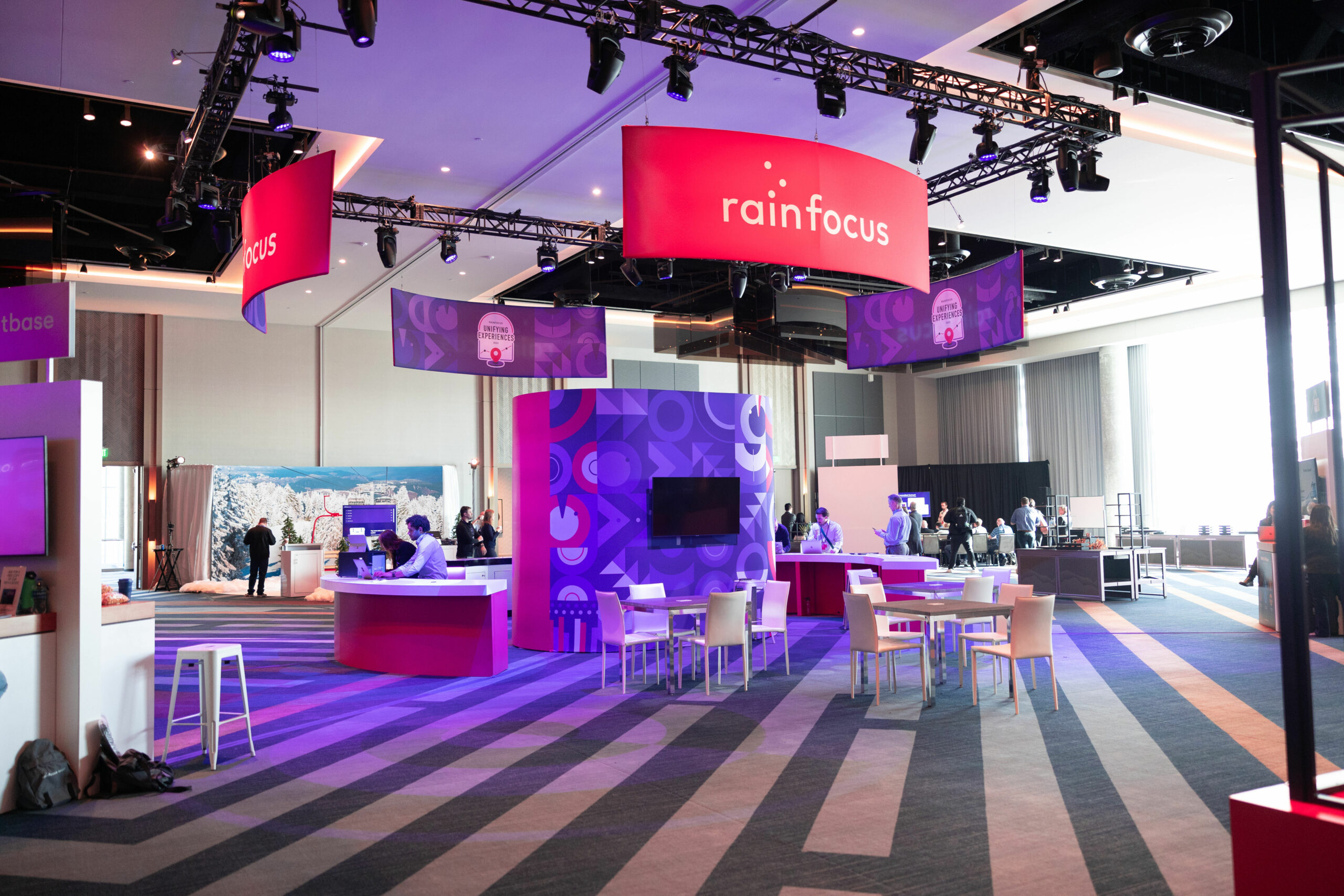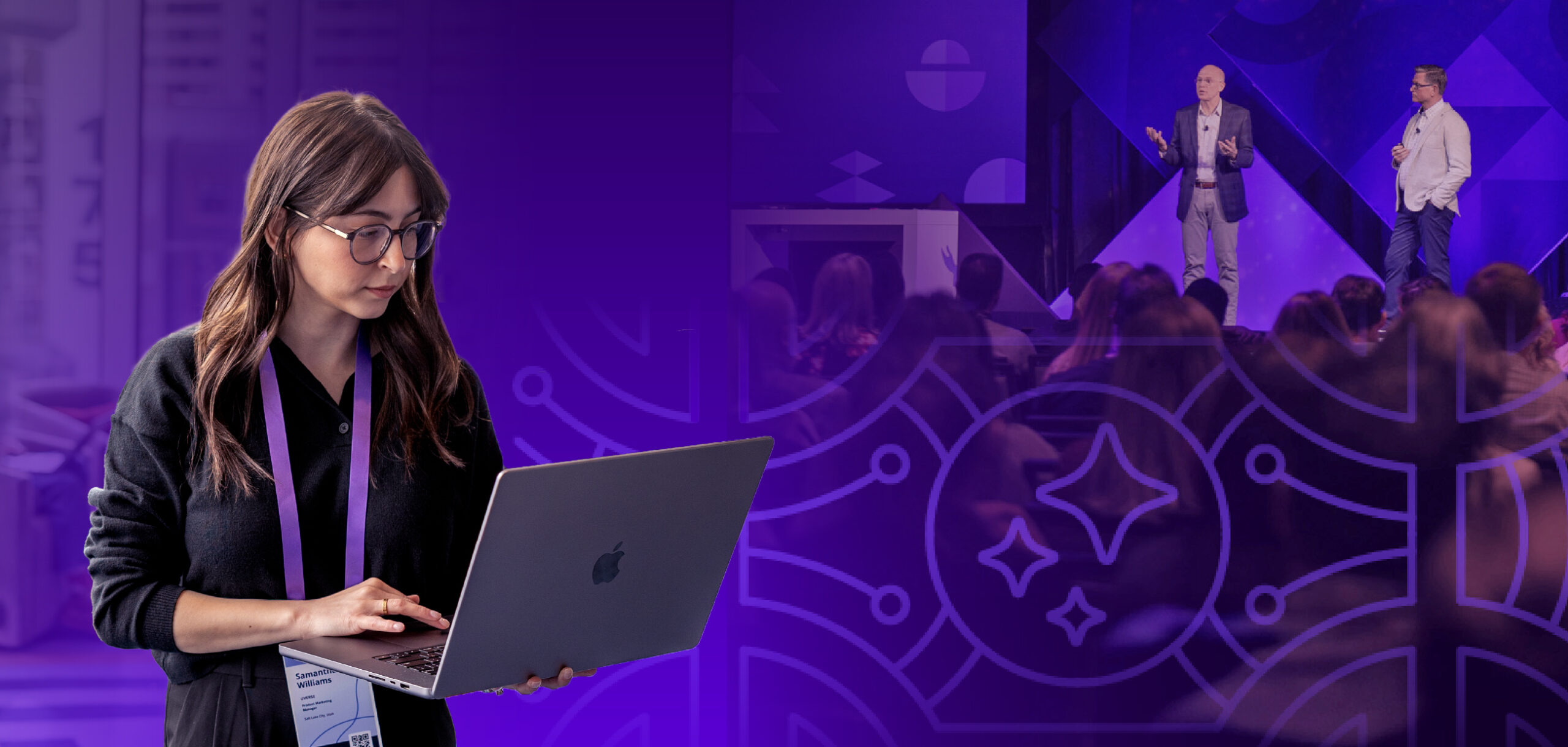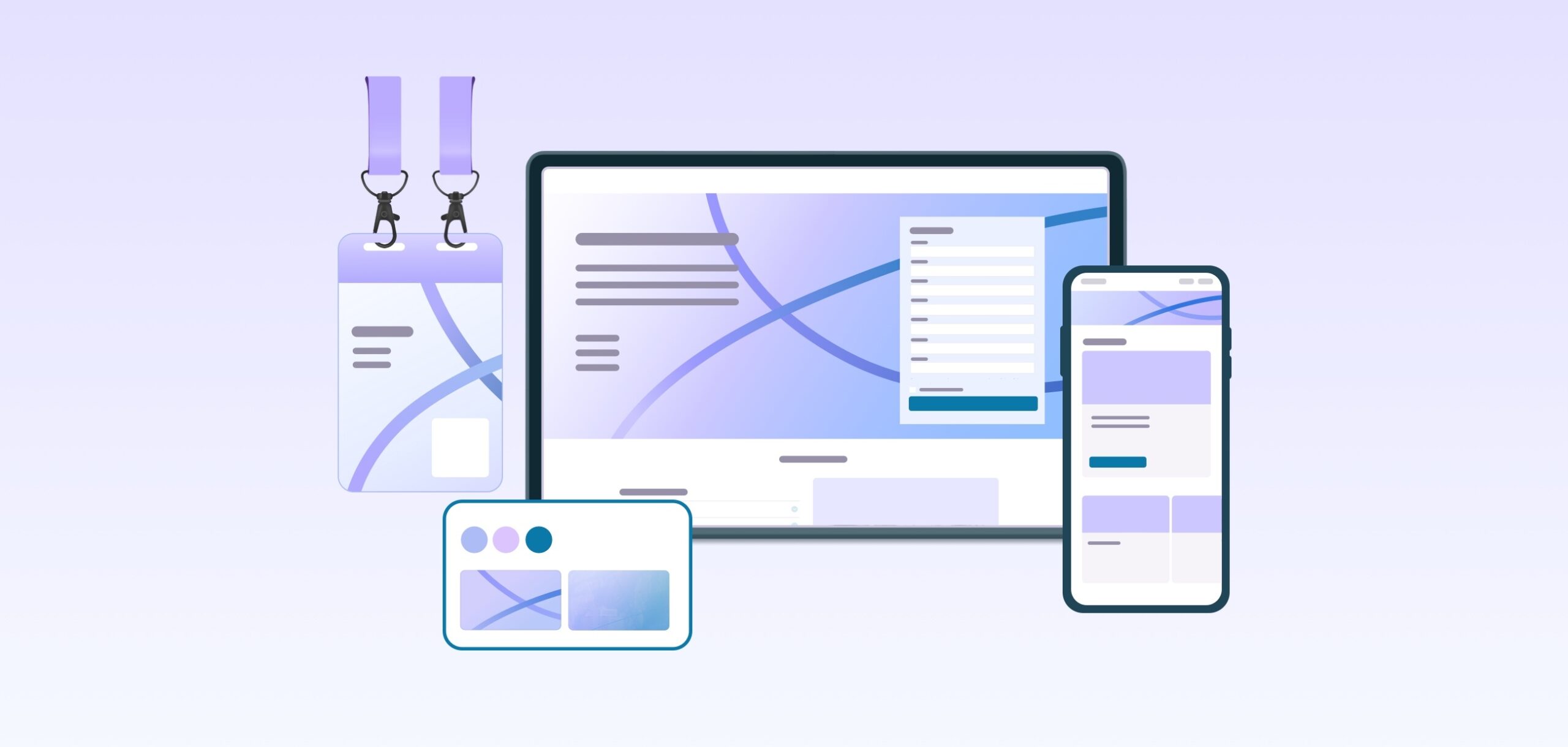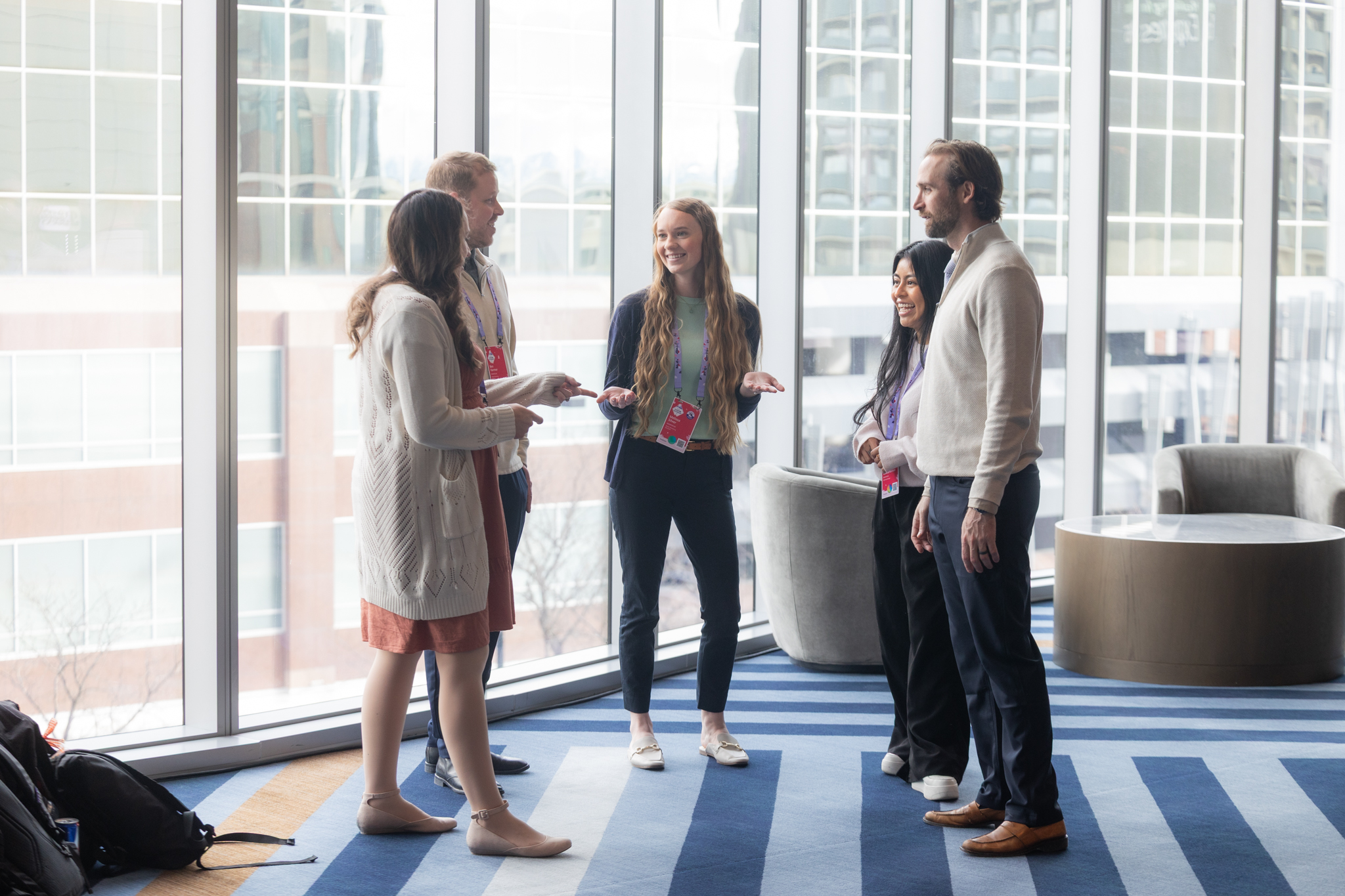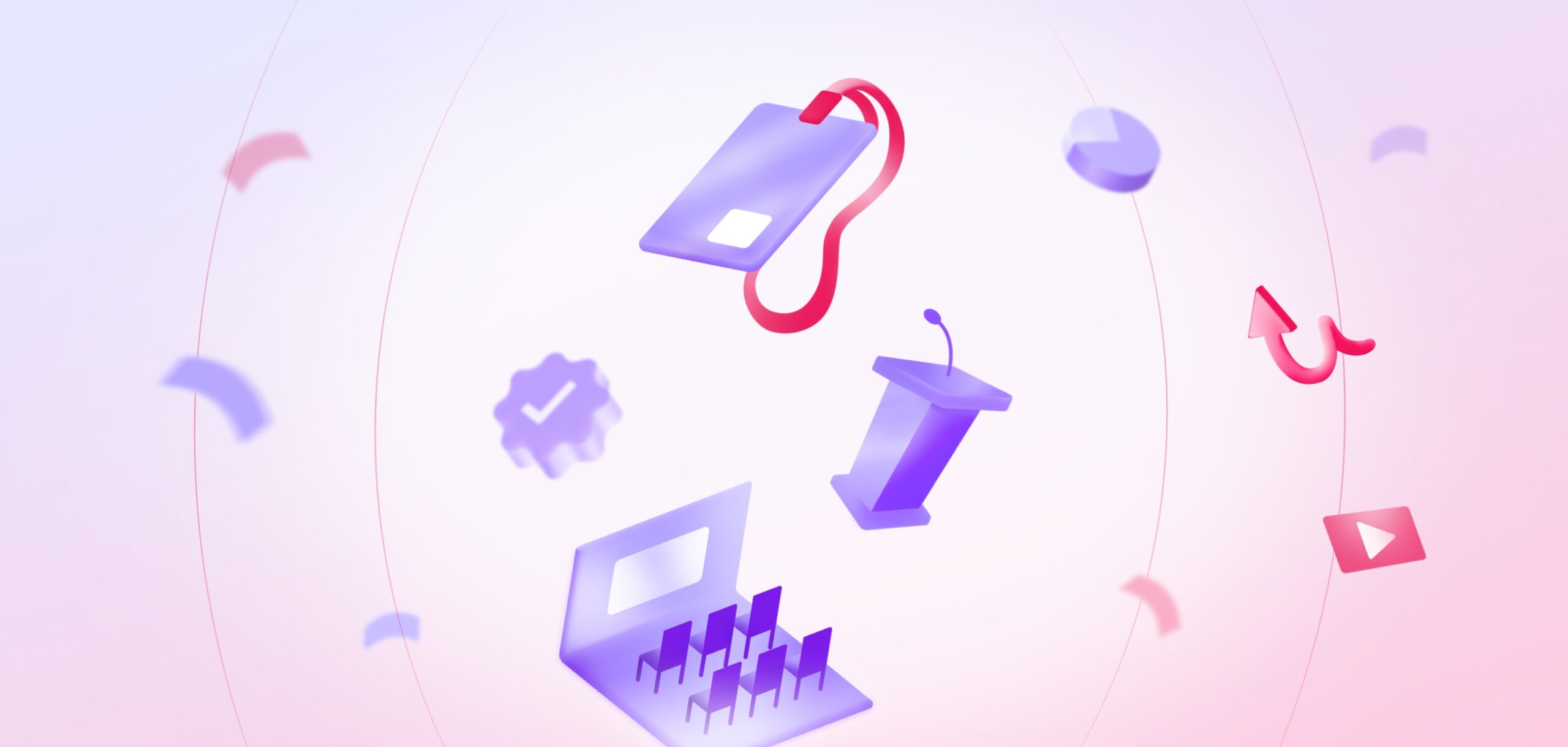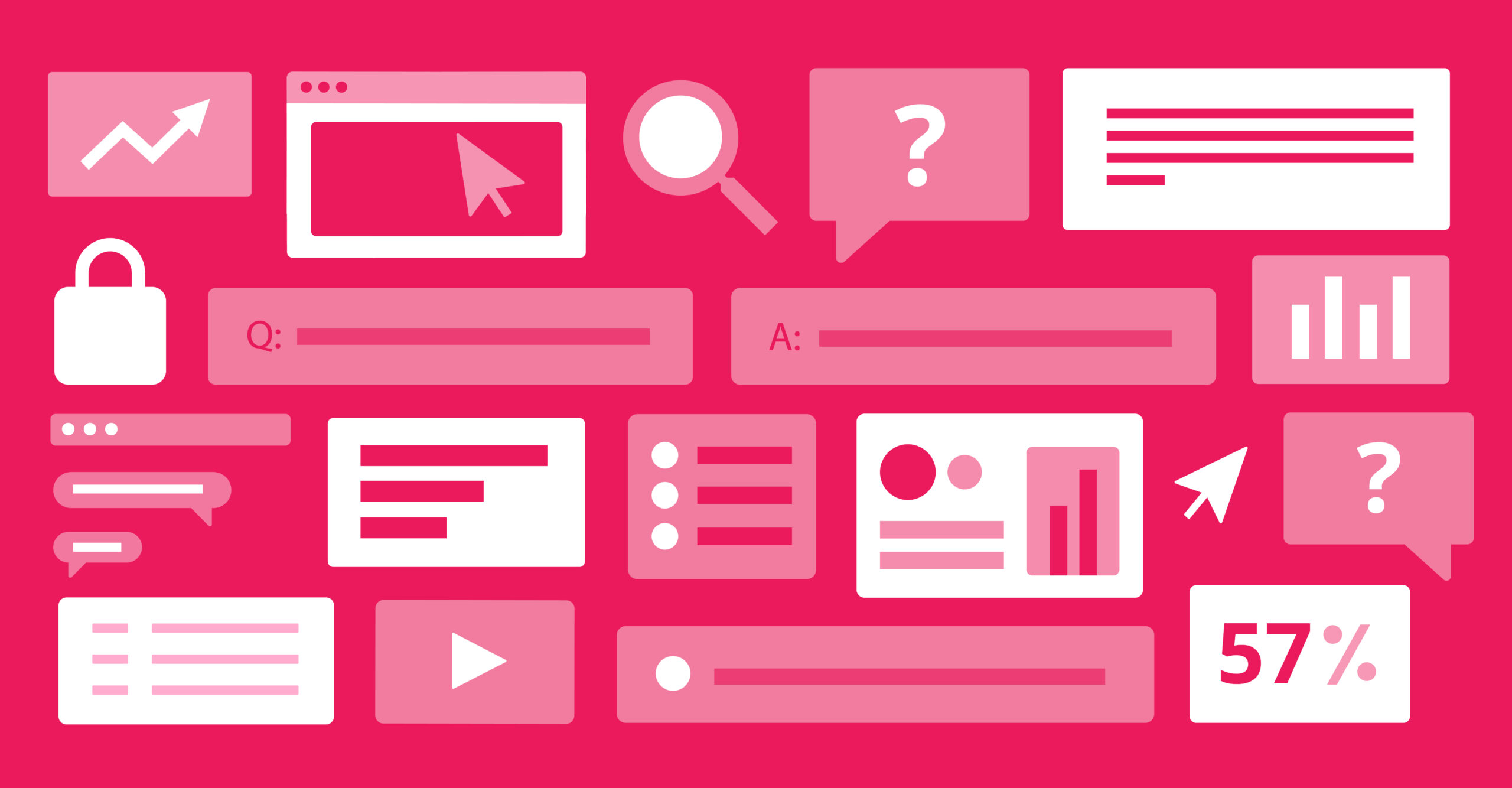As companies continue to seek ways to optimize their event budgets, minimizing waste is key. Sustainable event planning not only promotes efficiency but can help your events be more environmentally friendly.
The journey of sustainable event planning can be long and complex, but getting started is easy. Here are five practical suggestions:
1. Minimize food waste
With often unpredictable attendance numbers, companies may wind up with an excess amount of food. Consider asking your attendees to partner with you in tackling this challenge. Openly sharing how and why your company is taking a stand against food waste will strengthen the credibility of your appeals. For example, create signage asking attendees to thoughtfully take only what they need as they move through food lines. Or instead of traditional buffets, consider taking individual orders.
2. Reuse Designed Structures
Practicing intentional event design is another great way to do your part in protecting both your budget and the planet. By reusing backdrops, signage, and equipment, you can cut down on the resources needed for production and transportation. To continue the reuse cycle, consider donating production elements to local artists or schools after the event or when they can no longer be reused.
3. Rethink Your Swag Strategy
Too often, event teams waste money on an extensive lineup of items for attendees that just get thrown out immediately after the event. Rather than spending thousands on multiple small items, consider investing in fewer, higher-quality items that attendees will actually want to hold on to. In our recent study on event swag, we found that practical work-related items were the most valued. Additionally, incorporating gamification into your event and limiting the number of expensive prizes is a great way to increase the perceived value of swag.
4. Digitize Event Materials
Digitalization is the key to sustainable event planning. For example, by encouraging speakers to upload digital handouts, you can minimize paper consumption while ensuring that information is easily accessible to attendees. Transitioning from printed maps and agendas to digital versions allows attendees to navigate the venue effortlessly, enhancing both convenience and environmental responsibility. A mobile app makes it easy for attendees to find exactly what they need right on their phones. Similarly, digital signage eliminates the need for physical signs, offering a dynamic and adaptable solution that reduces waste and resource use.
5. Choose Partners That Prioritize Sustainability
Finally, to amplify the impact of your strategy, look for agencies and technology partners that have sustainability in their DNA. For example, they may offset carbon emissions associated with event travel or other activities by having trees planted. Or they may have established relationships with local food banks where excess food can be donated. Choosing the right partners helps your event team work efficiently and further uphold social responsibility.
